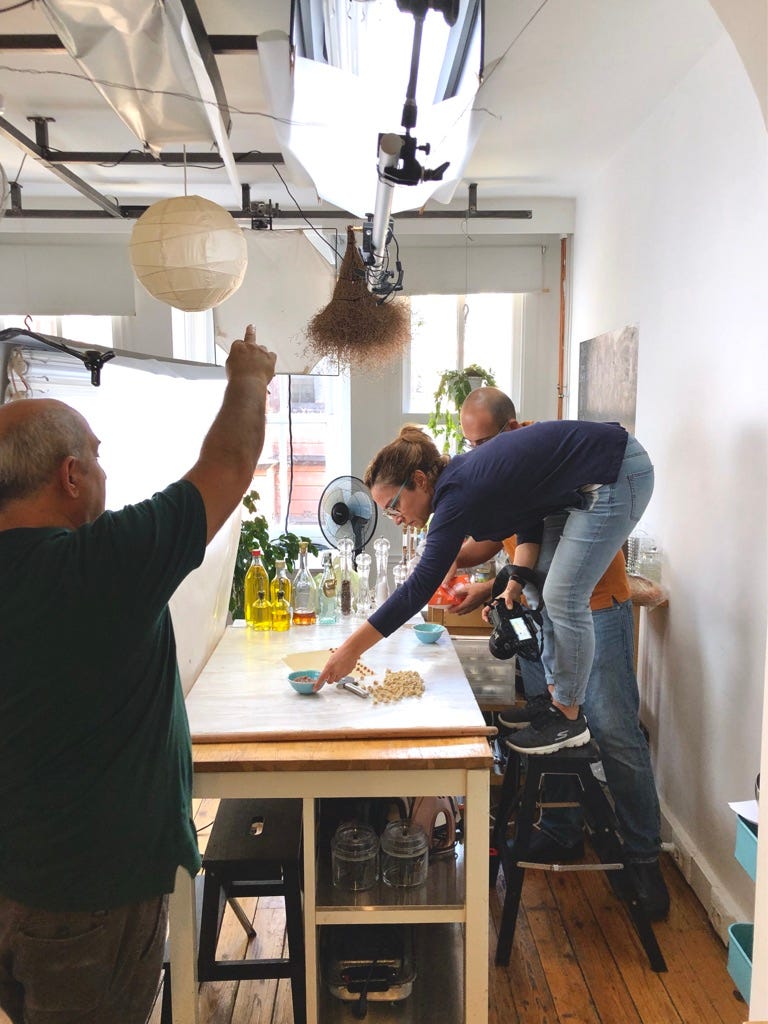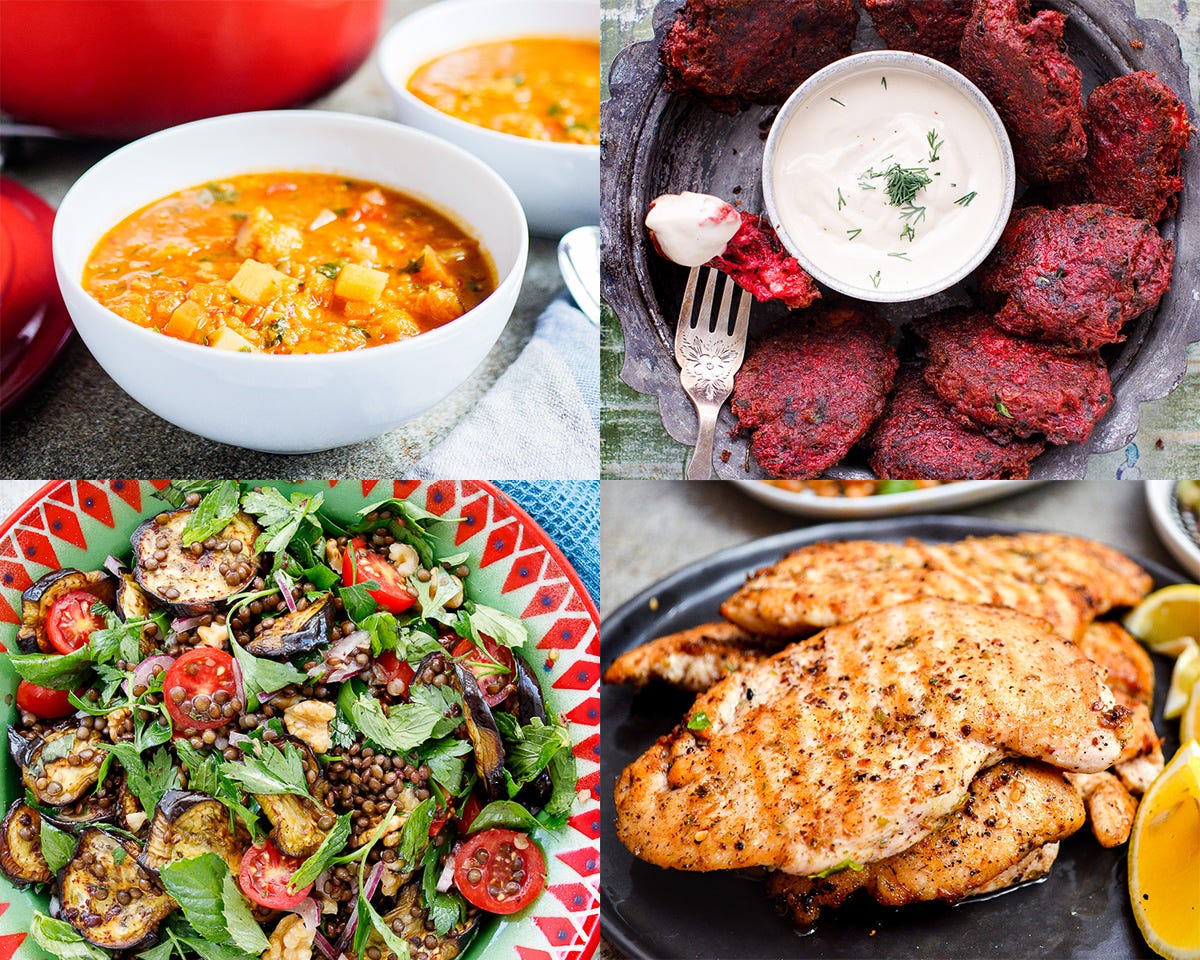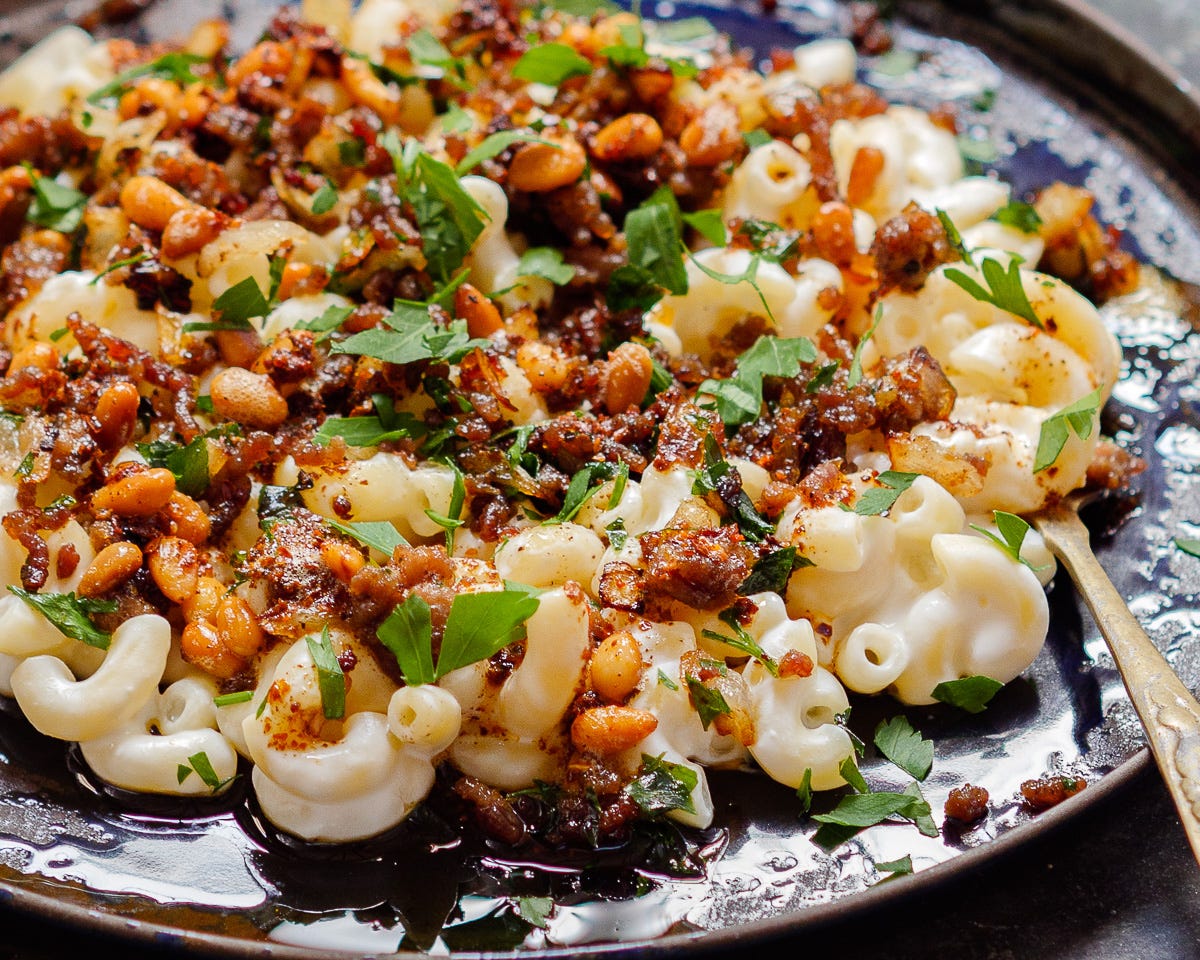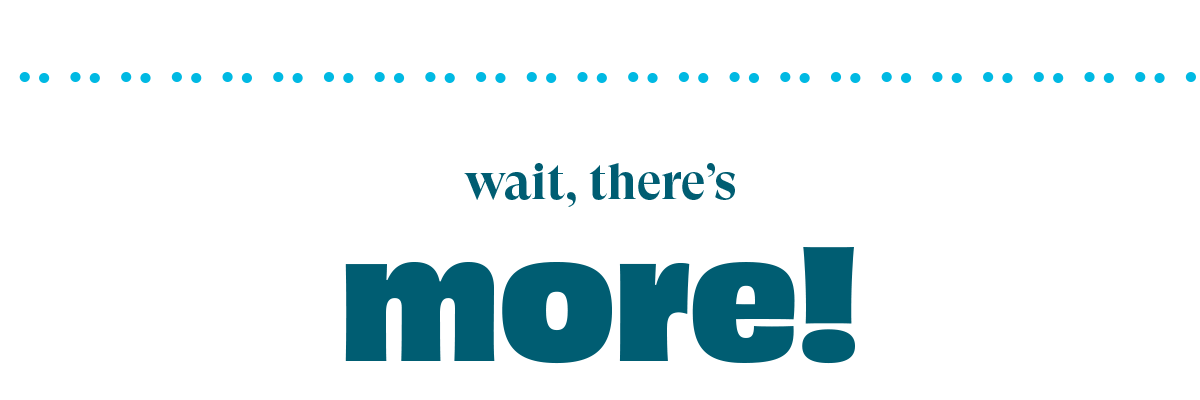Out of all the parts that go into making a cookbook, I underestimated only one thing: The photos.
I assumed the publisher would line up their preferred photographer, who would snap one beautiful picture after the other, with little effort.
Looking back, I’m not sure why I was so naïve. Photography is just about the most exhausting thing that goes into a cookbook.
I quickly learned there isn’t one way of doing things. Each market, publisher and cookbook has its own ways and quirks.
Only here for the recipes?
Scroll down to the bottom for this week’s 7 delicious recipes.
Since the emergence of food blogging, it’s become increasingly common for authors to shoot their own books. At the other end of the scale, big budget books can involve a huge team, with photographers, food stylists, prop stylists and assistants. Sometimes the author isn’t even present.
Though most of my food blogging colleagues opted to shoot their own photos, I knew at the outset that that wasn’t for me. My camera skills weren’t bad, but I knew I was nowhere near being able to execute what I had in mind for the book. Plus, I wanted the additional creative input.
To my surprise, the publisher suggested I find a local photographer in Istanbul. “It’ll be much easier for you,” they said.
They were most certainly right. What they didn’t say, of course, was that the budget probably wouldn’t have allowed for anything else in any case. I was an unknown name at the time, and my book would be the very first on Turkish and Middle Eastern food with a major publishing house in Norway. My book was a test for them to see if there even was a market for this sort of cuisine in Norway. They were probably hoping I’d be willing to shoot the photos myself, to keep the costs at a minimum.
While the reasons might have been both practical and financial, it turned out to be a stroke of luck.
I promptly toured all the bookshops I knew in Istanbul, scanning the cookbook sections for photography gold. In the end, I made a list. At the very top of that list? Bahar Kitapcı. I reached out, and within 24 hours, we had our first call.
We hit it off immediately. Seven years on, we’re in the middle of shooting our fourth book together.

A typical cookbook shooting day
But let’s get back on track. What does a cookbook photoshoot look like?
Each book is different, but this is how Bahar and I do it.
A typical cookbook includes around 100 photos. 70–80 of them accompany the recipes, while 20–30 set the mood of the book in the introduction and in between recipes.
On a good day, with proper preparation, we shoot 10–12 recipes.
Before the first shoot, I make a plan of which dishes we shoot on each day.
A few days before each shooting day, I make a shopping list. I make a list of all the prep I can (and should) do beforehand, to make everything as smooth as possible on the day. I send the list of dishes to Bahar, with pictures to give her an idea of what to expect, so she can start thinking about backgrounds, plates and such.
Two days before the shoot, I do my shopping. This often involves trips to the market for the best looking items, and sometimes specialty shops for things that happen to be out of season during the time allocated for the photoshoot.
The day before is all about prepping the food. I sometimes do this at Bahar’s studio, but mostly I’m at home, in my own kitchen, then pack and label everything as neatly as I can. The more I prep ahead, the more I can focus on the photos rather than cooking on the day.
Before going to sleep, the last thing I do is to make an exhaustive list of everything I need to pack into my bags the next day. This includes going through each recipe line by line once more, to make sure I’m not missing anything.
On shooting day, I’m up at 6am. We shoot as long as the daylight is with us, so I’m rarely home until 8pm.
Each photo is different. Bahar will usually have an idea and suggest a background and plates that work, but it’s still teamwork. The same goes for the plating, which is down to me, but where Bahar often will make adjustments to make everything even more appealing.
Just like people, food and props don’t always photograph the way they look in real life, so sometimes we need to change things up. Try a new background, a different plate, a different styling, perhaps a different angle. Most photos take 20–30 minutes, but particularly difficult ones can take an hour or more.
Come evening, I’m completely spent.
For each cookbook, we then repeat this process several times over, until all the photos are done. For us, that normally means 7 days of recipe photos and one day of other shots.
Phew!

Every book is different
This, of course, is just my experience. How Bahar and I do it. Spreading the shoots out over several weeks works very well for us.
Others block off a whole week or so, and shoot every day until done. Hats off to them! I can’t even imagine how tired they must be at the end of the last day…
Got any questions or comments? I’d love to hear from you in the comments!
And if you found this interesting, here are a couple of other perspectives on cookbook photography:
This week’s recipes
At the end of a photoshoot, my dinner is usually leftovers from the day. Food that’s been dragged halfway across the city to get photographed, then back to where it was made to be eaten 🙂
In between photo days, I do only light cooking. This week’s recipes are in that spirit. Dishes with lots of flavour but little effort. Hope you enjoy them!
With all best wishes from Istanbul,
Vidar 🧿
Pictured left to right, top to bottom:
Chunky vegetable soup. A wholesome soup based on the Turkish classic, but with lots of vegetables added. Great for a light but warming dinner.
Beetroot fritters with tahini sauce. An autumnal variation on the brilliant Turkish courgette fritters. Earthy and delicious!
Lentil salad with aubergine. I’m still holding on to both aubergine and salad season, so this one fits the bill perfectly for me.
Lemon za’atar chicken. I love this when I need some protein alongside a salad or vegetable dish, but want an easy flavour upgrade.
For paying subscribers
Paying subscribers have access to the full newsletter archives of recipes, including 45+ bonus recipes. Here are a couple from the archives:
Spiced chickpea traybake with tahini
A wonderful and fresh dish to eat during pumpkin season (you can use either pumpkin or sweet potato).
Recipe here (for paying subscribers).
Lebanese style pasta with yoghurt
This is really maximum flavour with minimum effort. Spiced lamb, yoghurt and pasta is an incredible flavour combination.
Recipe here (for paying subscribers).
🔜 Coming Monday for paying subscribers:
Banjaan borani (Afghan aubergine with yoghurt)
Afghan cuisine feature – to many – surprisingly wonderful flavours. Banjaan borani was a take-away favourite of mine from Afghan Kitchen in Angel, London when I lived there. Apparently they’re still operating, with the same recipes and menu as when they opened in 1994!
Tomorrow, I’ll be sharing my version of this dish with paying subscribers.













This was so interesting! I love reading about the details around writing a cookbook. It is such a lot of work - wow. But a beautiful result in the end!
So exciting to see behind the scenes!